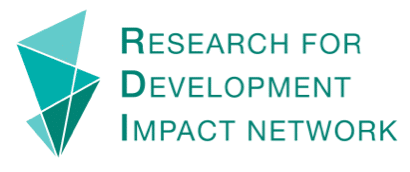Visual communication has become an important tool for capturing audience attention and formatting data into a more digestible form. Each type of visual communication has a different focus and message, so it is important to understand what type of visuals you are designing or commissioning.
Here we will capture the differences between ‘infographics’ and ‘data visualisation’. Often the terms are used interchangeably, and both types of visual output are commonly used in research communication. Both serve similar purposes in condensing data to communicate complex concepts, and the right visual design depends on your communication / impact goal.
- If your goal is to highlight numbers, then data visualisation is for numbers. Data visualisation primarily concerns itself with a singular source, seeking to convert large numbers into a format that is easier to understand. Data visualization works best on audiences already familiar with the subject at hand, serving as a tool of further education.
- If your goal is to tell a story, then try an infographic. Infographics can incorporate numerous sources and graphics to feed into a narrative. Typically designed with more artistic flair, the goal is to be accessible and eye-catching to audiences. Infographics legitimise a narrative with statistics and data. Infographics work best when introducing a topic to an audience, presenting an easily digestible story via visual learning. The text that typically accompanies infographics can aide in guiding audiences between data sources.
Both mediums require artistic flair and clear communication skills to create effective designs. However, as infographics become increasingly popular, we have also listed several resources that show how to create effective ones.
Links:
- The difference between infographics and data visualisation(5min, blog)
- How to explain an infographic (6min, blog)
- What is the difference between infographics and data visualisation? (5min, blog)
- Create infographics with Canva (15mins, blog)
- How to create infographics in PowerPoint (5.50min, Youtube)
- How to use data visualisation in your infographics (15mins, blog with embedded videos) – For Advanced Users Only



